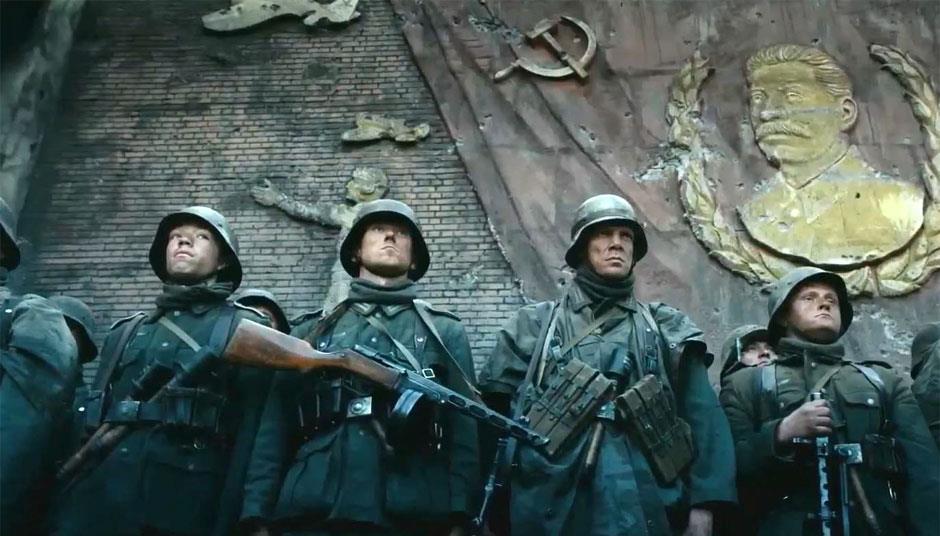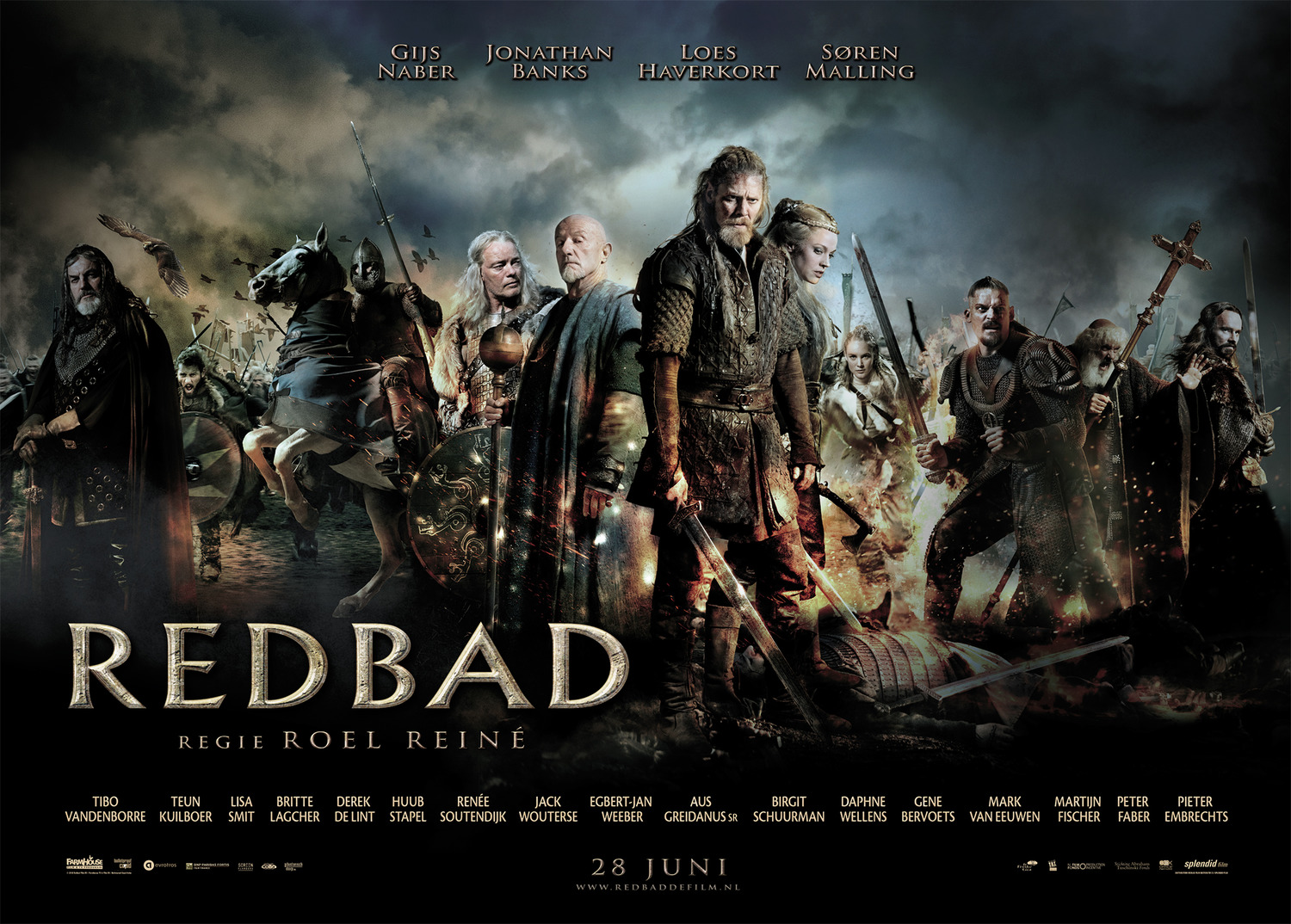Stalingrad (2013): A Visually Striking but Emotionally Divided War Epic
Stalingrad (2013), directed by Fedor Bondarchuk, is a Russian war film that attempts to reimagine one of the most brutal battles of World War II with the scale of a Hollywood blockbuster and the patriotic sentiment of a national myth. As the first Russian film shot entirely in IMAX 3D, Stalingrad is as much a spectacle as it is a historical drama. While it succeeds in delivering intense visual effects and stylized combat scenes, its emotional core is sometimes overshadowed by melodrama and uneven storytelling.
Set during the infamous Battle of Stalingrad in 1942–1943, the film centers on a group of five Soviet soldiers who occupy a strategic apartment building behind enemy lines. These men are not just defending territory—they are protecting a young Russian woman, Katya, who has refused to flee her home. As they prepare for an inevitable German assault, a parallel story unfolds on the other side: a German officer, Captain Kahn, is romantically involved with a Russian woman named Masha, creating a morally complex subplot that tries to humanize both sides of the conflict.

From a technical standpoint, Stalingrad is undeniably impressive. The film is filled with sweeping shots of bombed-out buildings, fire-swept landscapes, and slow-motion battle sequences that look more like stylized paintings than gritty realism. The use of 3D adds a surreal depth to the destruction, making the viewer feel immersed in the chaos and devastation of war. Bondarchuk aims for grandeur, and in terms of visual spectacle, he often achieves it.
However, beneath the surface, Stalingrad struggles with tone and structure. The film opens with a contemporary scene in Japan, where a Russian rescuer tells the story of his “five fathers” who died during the battle. This framing device feels detached and overly sentimental, setting a melodramatic tone that carries into the rest of the film. The characters, though noble in intention, are thinly developed and lean heavily into archetypes—the gruff leader, the poet, the strongman. The emotional resonance suffers as a result, making their sacrifices feel symbolic rather than personal.
Where Stalingrad does try to break convention is in its portrayal of the German officer Kahn. His relationship with Masha attempts to explore the complexities of occupation, humanity, and love in wartime, but this subplot, while ambitious, lacks the depth needed to feel truly convincing or impactful. It is a rare attempt to add nuance, but one that feels rushed and underdeveloped.

Still, Stalingrad serves its purpose as a patriotic war film. It celebrates heroism, sacrifice, and the defense of the motherland, aligning closely with traditional Russian wartime narratives. For many Russian viewers, it struck an emotional chord by honoring those who died in one of history’s most brutal battles.
In conclusion, Stalingrad (2013) is a visually stunning but narratively uneven film. Its strengths lie in its technical execution, explosive action, and patriotic fervor. However, its attempt to balance spectacle with emotion doesn’t always succeed. Despite its flaws, the film stands as a bold attempt to reinterpret a national tragedy through a modern cinematic lens—part war story, part myth, and part visual opera.

